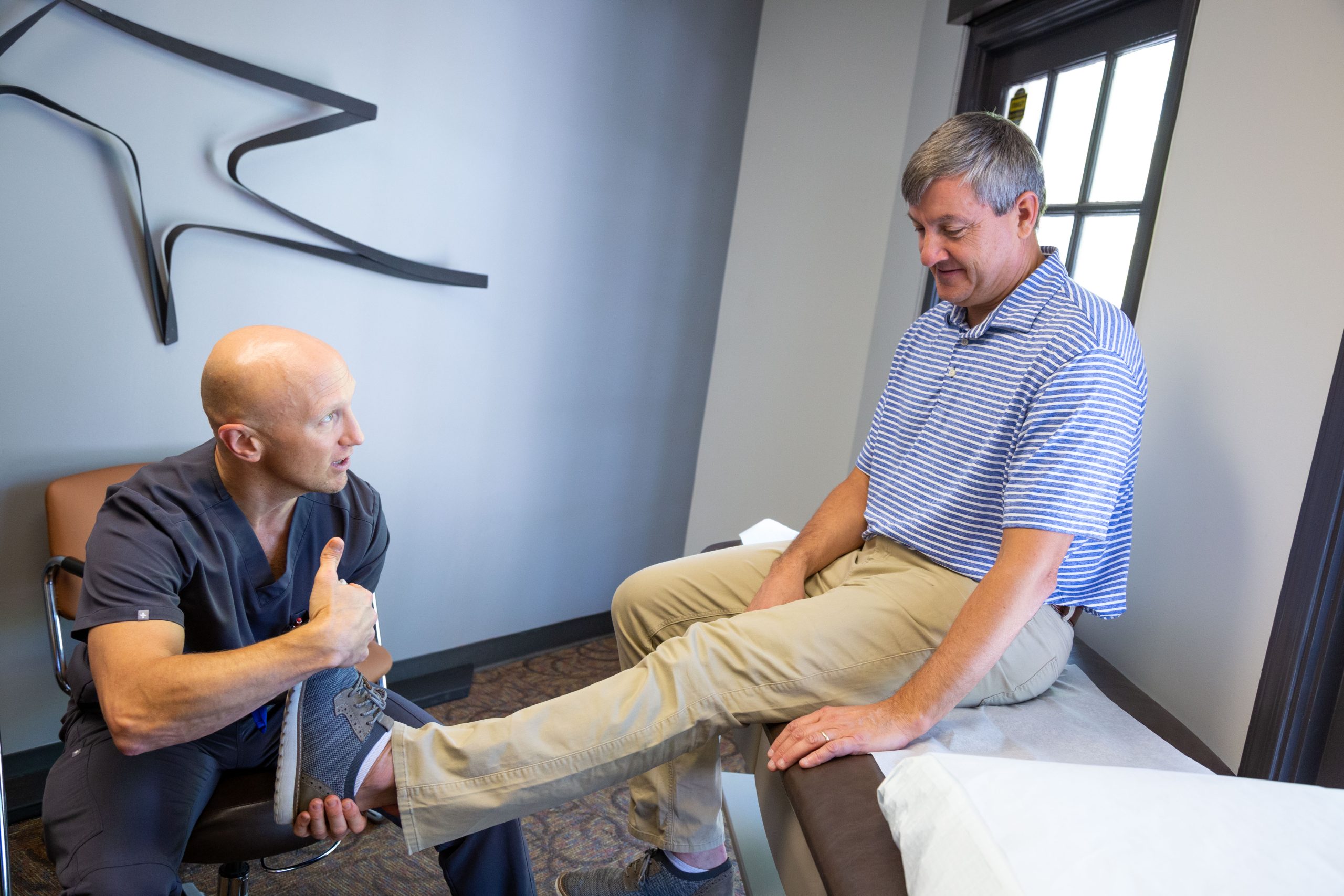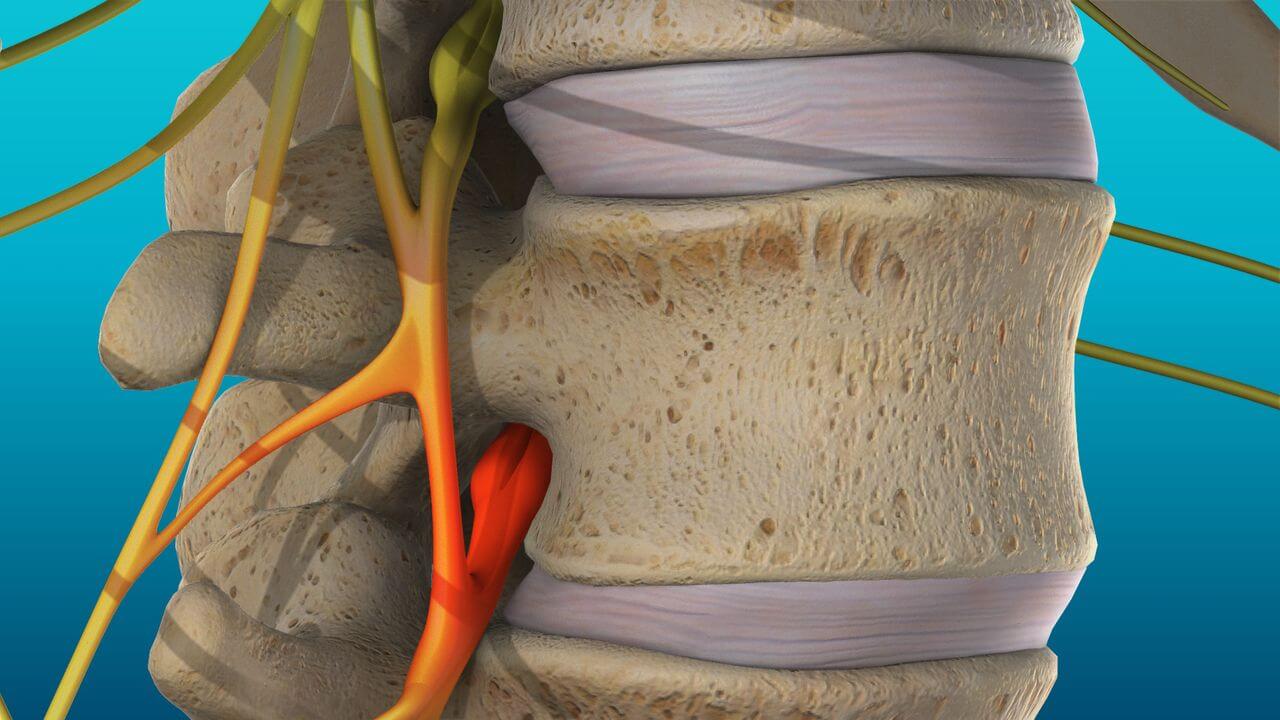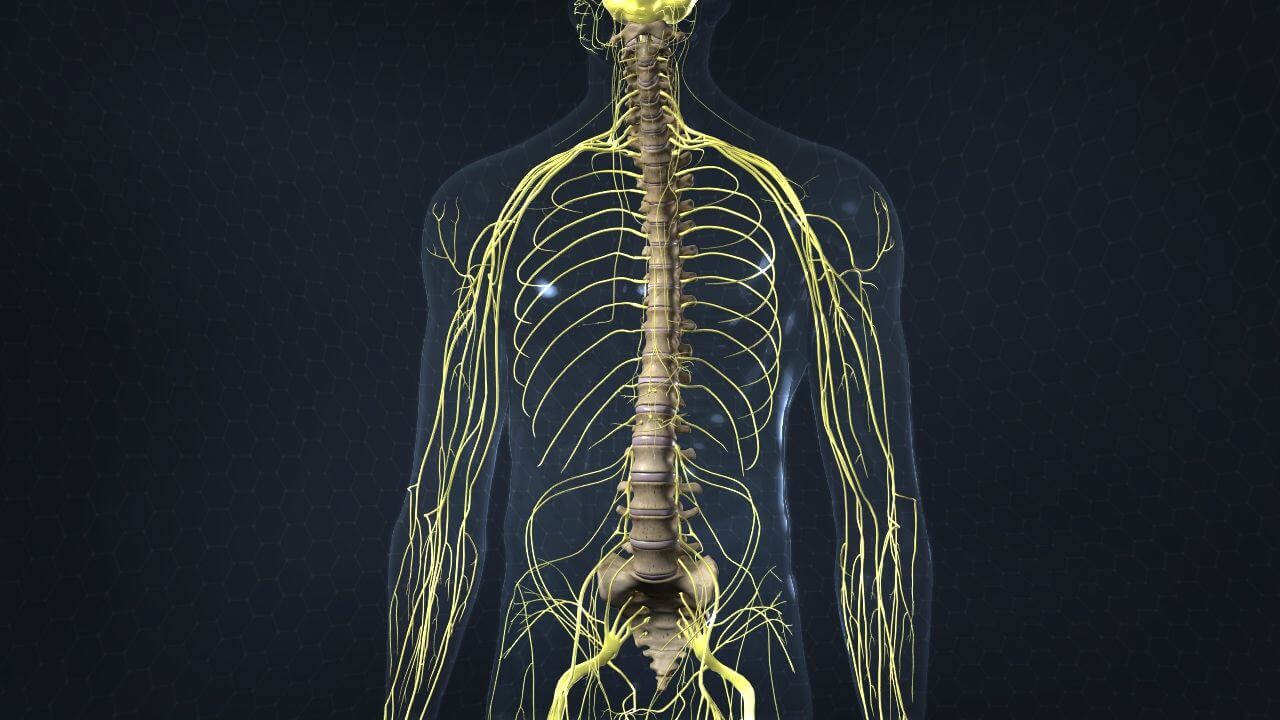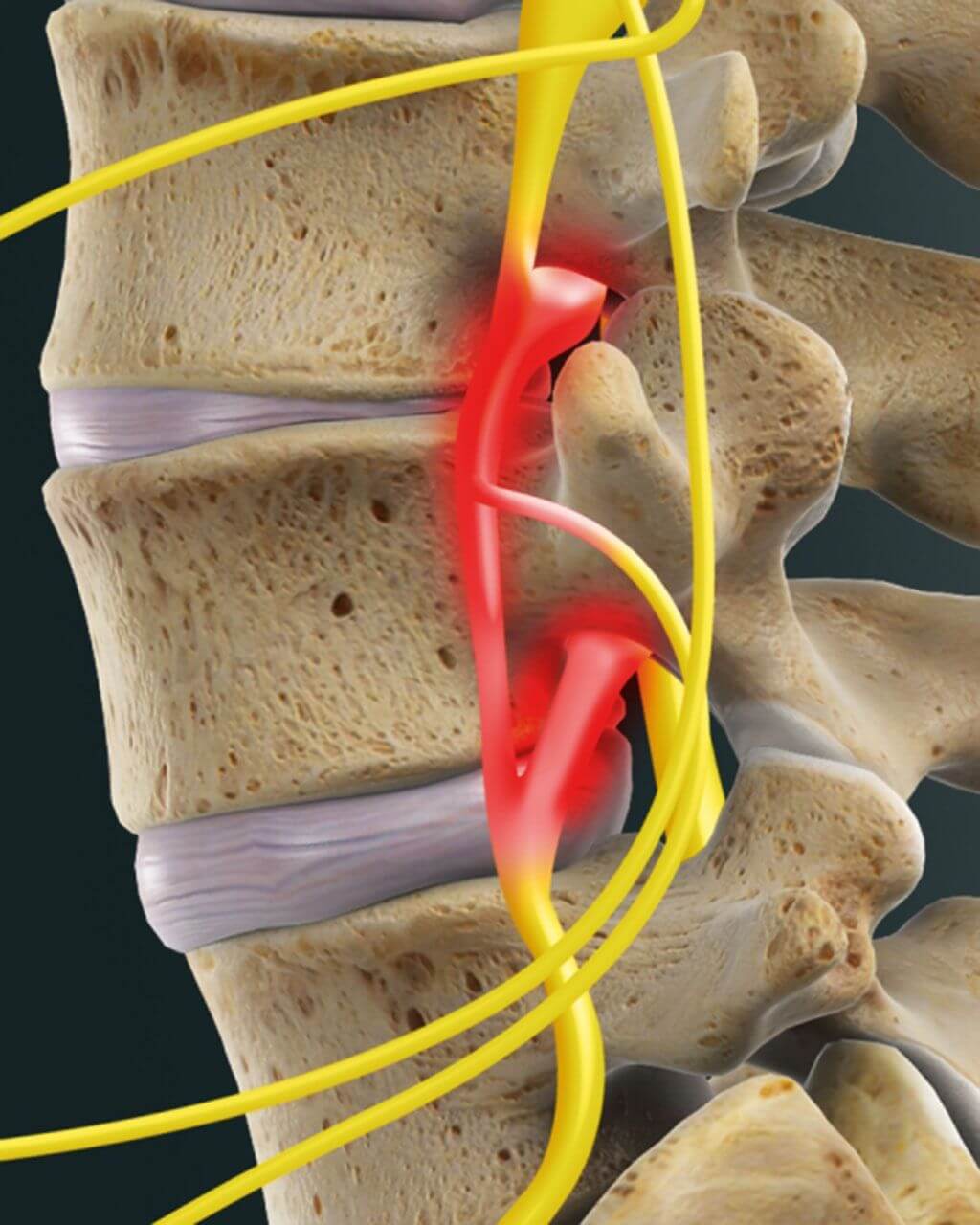Lifestyle choices that degenerate the spine’s structures can contribute to radiculitis, including heavy lifting, poor posture and repetitive activities or motions.
Your spine gives your body structured support and flexibility. However, it’s also designed to protect your spinal cord. This long, fragile structure consists of nerve tissue that connects your brain with the rest of your body.
When any nerve roots exiting the spinal column become compressed, this can result in inflammation and pain — called radiculitis — that radiates along the nerve. Radicular pain does not only affect the spine. It radiates out from the injury site to your extremities.
If you’re experiencing back pain or pain in your arms or legs, call Desert Institute for Spine Care. Our goal is to restore your active lifestyle with careful diagnosis and treatment.



Radiculopathy, commonly referred to as a “pinched nerve”, is a collection of spinal conditions caused by a damaged nerve root. Radiculitis is not a spinal condition. Rather, the term describes acute symptoms felt by patients whose spinal nerve roots are pinched, compressed, irritated or inflamed as they exit the spinal column. Along the entire length of your spine at each spinal level, nerves branch off the spinal cord through bony openings called foramen located on either side of the spinal column. The pressure causing radiculitis can be caused by certain activities, body positions and spinal conditions that put excessive pressure on these nerves.
Any of the nerves traveling outward from the spinal column can be impacted by radiculitis. Yet it’s most commonly observed in the lumbar and cervical regions of the lower back and neck. The pain that one experiences from radiculitis is referred to as radicular pain. This type of pain originates at the nerve injury site, then radiates outward, affecting your arms and legs.
When radicular pain is experienced in the low back or legs it signifies neurological symptoms of an inflamed nerve roots or radiculitis. Radiculitis can also be called sciatica or inflammation of the longest nerve that branches from your lumbar spine down your legs.
Radiculitis can be caused by any spinal condition that places undue pressure on the spinal nerves.
Some of the most common issues that lead to radiculitis include:
Lifestyle choices that degenerate the spine’s structures can contribute to radiculitis, including heavy lifting, poor posture and repetitive activities or motions.
Damage from an injury or accident to the spine’s structure can lead to severe inflammation, putting pressure on the nerves.
When the protective discs between vertebrae bulge or rupture, disc herniation can put pressure on spinal nerves.
Also called osteophytes, these are bony projections that develop along a bone’s edge and can compress nearby nerves.
When the spinal canal narrows, spinal stenosis can place pressure on the spinal canal and nerves within the spine.
Symptoms of radiculitis are similar to those of a painfully pinched nerve. Depending on where the condition originates, you may experience symptoms in your legs or arms. If the radiculitis stems from the lumbar region, pain and other side effects will impact your body starting from the buttocks and going down your legs. Issues in the cervical region will generally impact your upper extremities.
The most common symptoms of radiculitis include:
When patients struggle with radicular pain, they often use muscles that cause them less discomfort to avoid adverse symptoms. As a result, over-developed muscles is another common problem that can occur if treatment is delayed.


Radiculitis treatment is most effective in its early stages. As soon as you recognize the signs of radiculitis, seek diagnosis and treatment right away. The longer patients wait, the weaker certain muscles can become, leading to additional complications. Proper treatment for radiculitis involves dealing with the underlying problem that’s causing it.
That’s why at DISC our first aim is to ensure an accurate diagnosis. We utilize our proprietary diagnostic technique called Personalized Pain Diagnostics (PPD) to precisely diagnose the specific pain generator. We then personalize your treatment plan, focusing on non-operative and minimally invasive treatment options, such as:
If your condition does not respond to conservative care, we offer a wide range of treatments and procedures, including therapeutic pain injections to treat pain at its source. For more serious concerns, your orthopedic surgeon may recommend our least invasive endoscopic spine surgery or minimally invasive spine surgery. As leaders in endoscopic spine surgery, our surgeons routinely treat lumbar radiculitis with an endoscopic discectomy. Patients are very satisfied with minimum recovery and a faster return to work than minimally invasive surgery.
If you are experiencing radiating pain or you feel numbness or tingling in your hands or feet, contact DISC right away. Radiculitis could indicate a serious underlying condition that requires the specialized skills of a spine care expert.
Our spine health blog features up-to-date spine education and expert spine tips from our spine specialists here at DISC.
1635 East Myrtle Avenue Suite 100, Phoenix, AZ 85020, USA
18700 North 64th Drive Suite 105, Glendale, AZ 85308, USA
8630 East Vía de Ventura Suite 210, Scottsdale, AZ 85258, USA
3487 South Mercy Road, Gilbert, AZ 85297, USA
1635 East Myrtle Avenue Suite 400, Phoenix, AZ 85020, USA